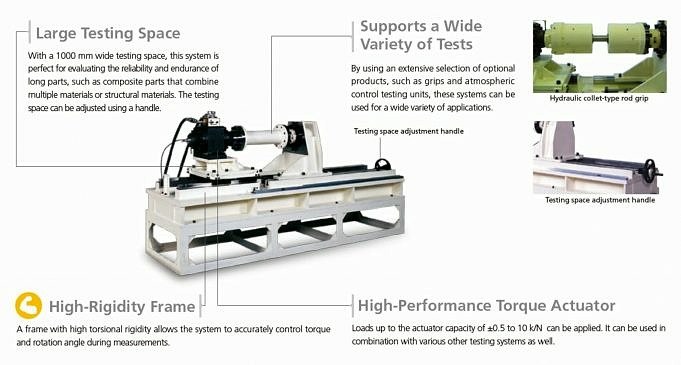Combination machines that offer a jointer and planer in one unit are the talk on the Internet and most woodworking forums these days. Weve written about the Grizzly and Jet machines in our AWFS coverage, listed the tool as a Best New Tool of 5,098 cm in our December issue (#166), and we continue to receive questions on a weekly, if not daily, basis. Both have been tested, so let’s take a look at both the Jet JJP-12 & the Grizzly G6033 to compare them.
In my opinion, there are a number of areas to discuss such as the motor, the jointers fence, the blade guard, the jointers table and the complexity of the changeover operations (switching between the jointer and the planer).
In comparing the motors of the two machines, one glaring difference stands out , horsepower. The Grizzly machine is powered by a 5-horsepower motor at 220-volts, while the Jet machine has a motor of 3 horsepower at 220-volts. Each motor produces more than
Grizzly’s 15,102 cuts are compared to Jets’ 16,500 cuts at 5,000 rpm.
After the motors, the next most important feature is the fence. The Jet machine’s fence is a great feature. It doesn’t need to be taken out in order to switch between these two operations. To lift the jointer bed, however, the fence must be pushed fully to the back of the Jet machine. The fence is made of aluminum and is large. Being attached in two locations made the fence difficult to adjust (see photo). As we moved the fence across the bed, it caused us to feel a bit of racking. Knobs and levers hold the fence in position and we felt there could have been more development based around the Jet fence.
The Grizzly fence is strong and easy to adjust. You can move the fence along the jointer bed by simply turning a knob. The bad news with the Grizzly design is having to remove the entire fence before converting the machine to planer mode. The fence slides off a dovetail way, which is easy enough, but storing the fence each time you use the planer is burdensome. Additionally, because the single tube holding the fence is long and sticks out the back of the machine, it isnt possible to position the tool tight to a wall in the shop. The tool’s footprint grows. We think the Grizzly fence outperforms the Jet.
These two machines have different blade guards. The Grizzly uses the more common (at least in America) pork-chop guard. It swings out as the material, and your hand, moves past the cutterhead. The Jet is similar to European machines. The rigid guard raises or lowers to allow you to adjust the stock’s thickness. This type guard helps keep your hands from ever passing over the blades. The staff prefers the Jet guard. Its an overall safer design.
The Jet machine uses a single heavy table for jointer tables. The corrugated top covers the top. While it might be easier to maintain flat during manufacturing, we found that it was a drag on the workpiece. The jointer table is locked to the base with two catches, one at each end. Release the catches then lift the bed. Once you have done that, flip the dust collection hood to start stock-planning. After you turn the hand wheel to raise your planer bed, this is the end. (As with all combo machines, you have to lower the planer bed to convert back to the jointer and vice versa.)
The Grizzly has a split, smooth and polished jointer bed and that means an extra step in converting to planer mode. Unlock the catches and lift either the right- or left-side tables, then lift the other half. You don’t have to lift the first half, but you will still need to adjust the blade guard to position the jointer tables. The guard must be moved out of the way from the outfeed table.
Next, youll need to position the dust collection for the planer. The hood is flipped similar to the Jet but without any latch hook to keep it locked. Also, because this tool has a separate dust-collection port for the jointer, the attachment of the hose to the planer is tricky due to part of the jointer hood being in the way.
Both machines performed excellently in milling and regular operations (we have the G6034 spiral head Grizzly combination machine so a one-to-one comparison is not possible). The prices of the two rivals are very close. The Jet JJP-12 can be purchased for around while the purchase price for the Grizzly G6033 is at (the spiral cutterhead brings the price to ).
Whether these types of machines are the answer to your shop needs is left up to you. I, for one, am quite fond of my dedicated jointer and planer tools. Im not yet ready to experience changeover when switching operations. There are many times I appreciate leaving the setup on the tools in place. Returning to the jointer to mill another piece of stock is better if you dont have to spend time carefully matching previous work.



